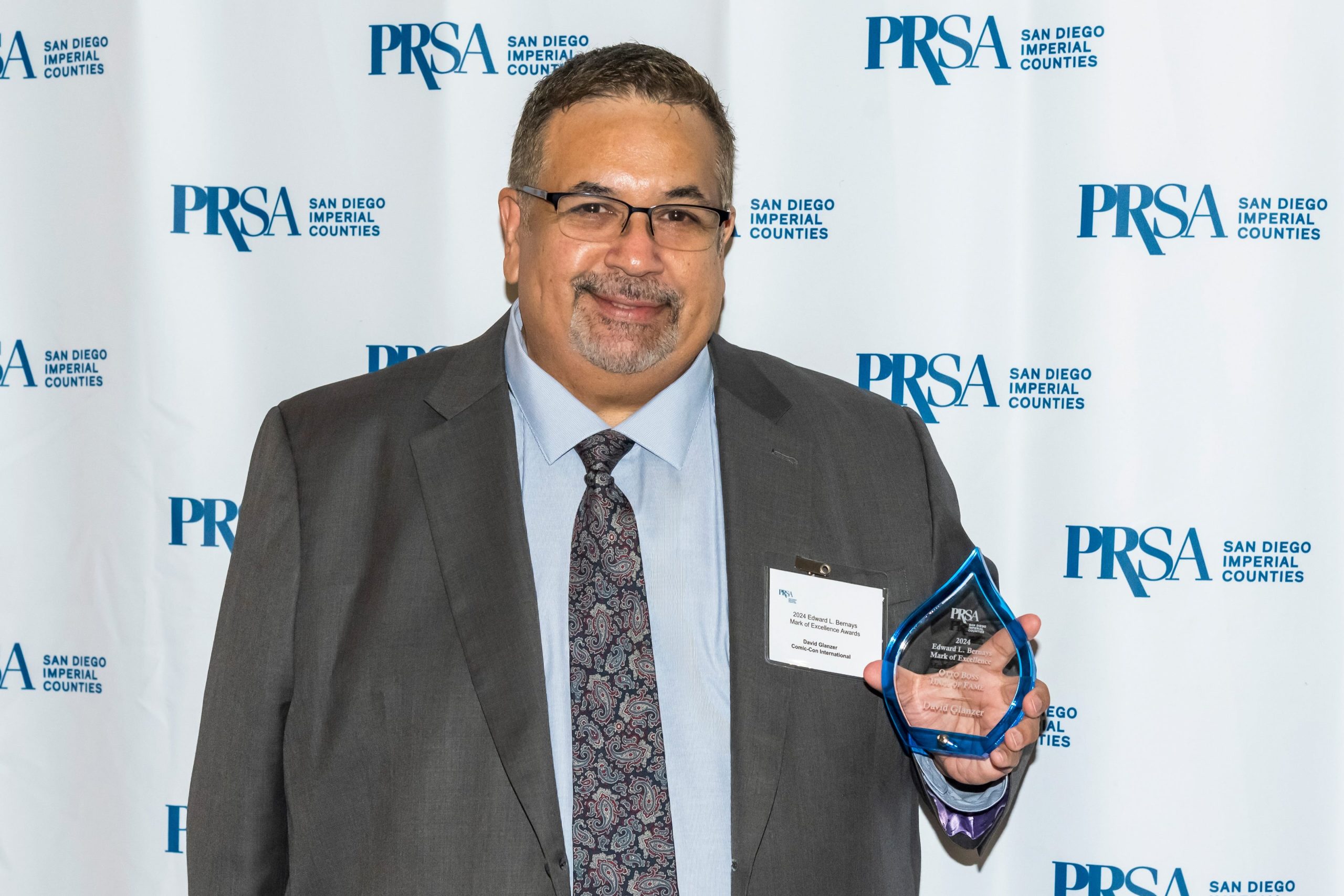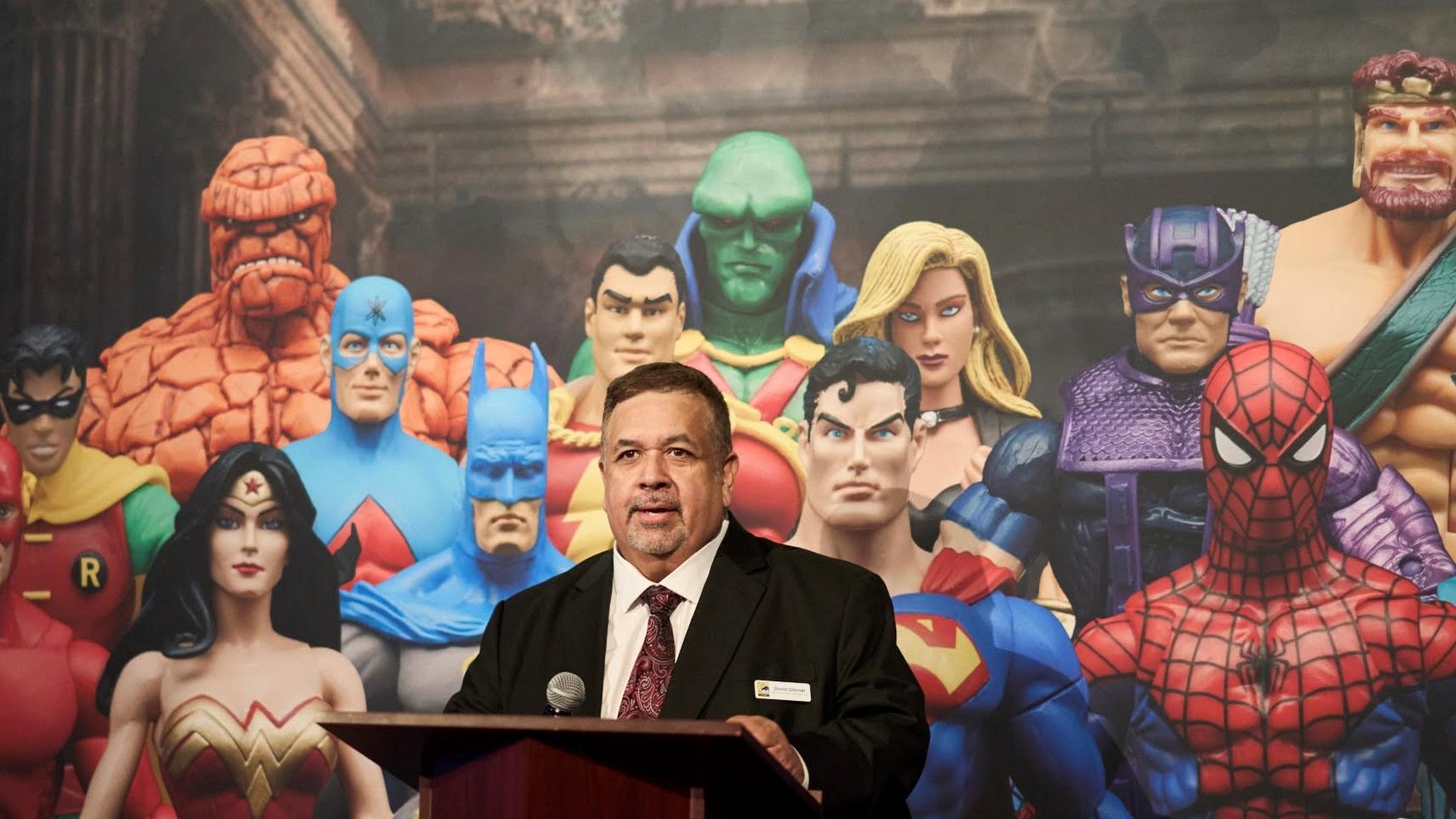Calling for Student Bernays Award Submissions
The Edward L. Bernays Mark of Excellence Awards recognizes the expertise and dedication of public relations professionals in San Diego and Imperial Counties. Entries must meet the highest standards of performance, and winning entries demonstrate creative vision and capture the best of the best in the public relations profession.
The Student Bernays Awards are presented to current students within the San Diego and Imperial Counties for demonstrating outstanding strategic thought and planning. Student Awards will be announced at the Edward L. Bernays Mark of Excellence Awards program on October 26, 2023.
Submission Details
The Student Bernays Award category recognizes outstanding public relations programs or campaigns – real or hypothetical – developed by San Diego or Imperial County students. Only one Student Award of Excellence may be awarded; up to two other entries may be awarded an Award of Merit.
The competition is open to both PRSA SD/IC student members and non-members. The submission must be the original work of student(s) enrolled at a college or university in San Diego or Imperial County, although no physical “execution” of the entry needs to have taken place. Course work/plans are valid entries if they detail strategic thought in the areas of research, planning, execution, and evaluation.
The student(s) work must have occurred between July 1, 2022, and May 30, 2023. All entries require a summary detailing the thought behind the research, planning, execution, and evaluation of a real or hypothetical program or campaign.
Preparing & Submitting Your Student Bernays Entry
Each entry is a two page summary of the project. The summary must be in Arial 10-point font and in one column.
Make your summary succinct and engaging. Make sure it outlines your key objectives and shows that the objectives were measurable. Demonstrate how your research drove planning and execution. Directly tie your results to your objectives. And don’t forget to include your budget! Use the following questions to help you prepare a strong summary (and the rest of your entry). The summary must have the following four sections:
Research
Analyze or describe the situation on which the campaign was based. When addressing the actual research component, describe who specifically initiated the research. Was it in response to a problem or to examine a potential problem? What type of research did you use — primary, secondary, or both? Primary research involves original research, including focus groups, interviews, and surveys. Secondary research involves searching existing resources for information. Did research help to redefine the situation in any way? How was the research relevant to shaping the planning process? How did the research help define the audience(s) or the situation?
Planning
What was the plan in general terms? How did the plans correlate to the research findings? Who was involved in the planning? What were the specific objectives of the program? Who were the target audiences? What was the overall strategy employed? What materials were used? What was your budget?
Execution
How were the plans executed and what were the results? In general terms, how did the activities flow? Were there any difficulties encountered? If so, how were they handled? Were other organizations involved? Were other non-traditional public relations tactics (e.g., use of street teams rather than print advertising) employed? (Unless you are entering this program under “Integrated Communications,” advertising costs should not exceed one-third of the budget).
Evaluation
What method(s) of evaluation were used? How are results related to research findings? How are results related to strategic objectives? (Note: Media circulation figures are not acceptable as the only means of quantitative measurement.)
Each of the four (4) above criteria must be clearly marked with supporting material to back up your summary. For example, if you state that your campaign resulted in an increase in XYZ purchases, you could include the research report documenting that change in your supporting materials. Acceptable supporting materials include reports, plans, news clippings, letters, news releases, magazines, newsletters, and brochures.
Backup Material
It’s important to provide backup materials to your summary. It will give the judges a chance to see your real work and how you translated your plan into action. If you talk about something in your summary, include the documentation for it. The judges want to see evidence of your hard work, so be sure to show it off! Create an outline for research, planning, execution, and evaluation. Keep track of supporting documents to pull from the summary. Take your time and put the most compelling facts first. Include headers for judging categories. Make it easy for judges to find the essential elements of a winning entry. Here’s a list of possible items to include:
- Research: focus group findings, stakeholder interview notes, internet research, survey/study results
- Planning: PR plans, timeline, emails, notes from brainstorming sessions
- Execution: press releases, media kits, social media pages, collateral (fact sheets, FAQs), pitches, storyboard with screenshots
- Evaluation: feedback received, media coverage secured, number of attendees, social media analytics
But don’t overdo it. You don’t need to include every email or every news clip. Just include the most important elements to telling your campaign’s story.
Judging Criteria
All entries are judged by professional and distinguished members of a partner PRSA SD/IC Chapter. The Student Bernays Awards recognize complete public relations programs incorporating research, planning, execution, and evaluation.
Only one first-place award may be awarded. There may be up to two-second place awards (if judges feel a tie is merited).
PRSA Contact: If you have entry questions, please contact PRSA SD/IC Past President April Tellez Green at aprilatellez@gmail.com.
Fees: Entry fees are regularly $30 (student project category only). However, for this year, the fee has been waived!
Deadline: Close of business Monday, September 25, 2023
Cost Per Entry: Waived




